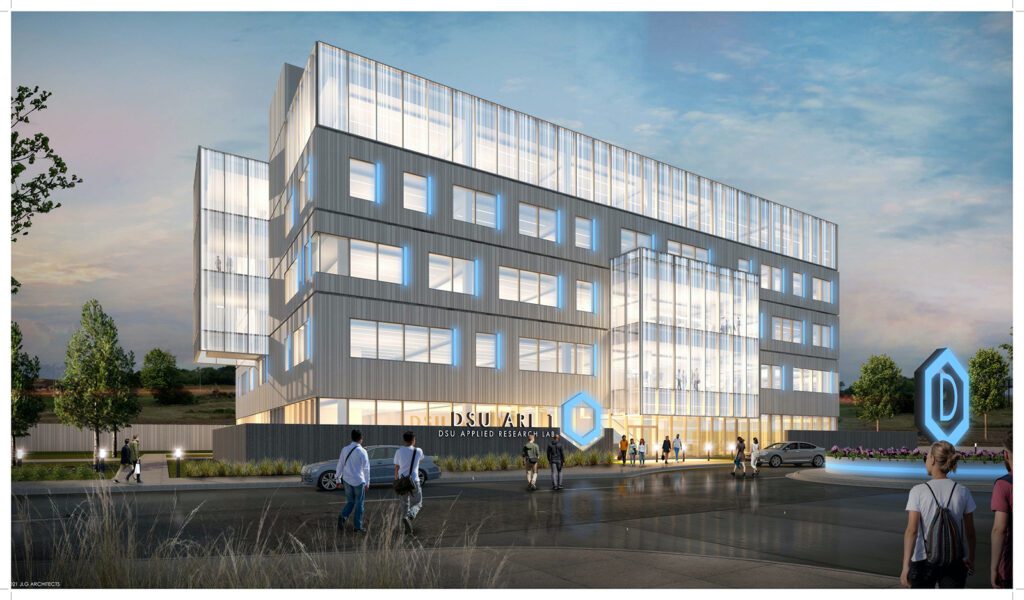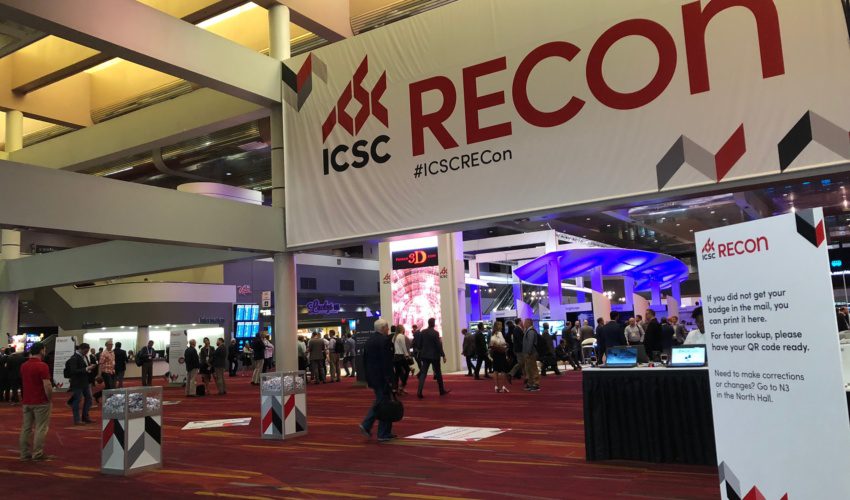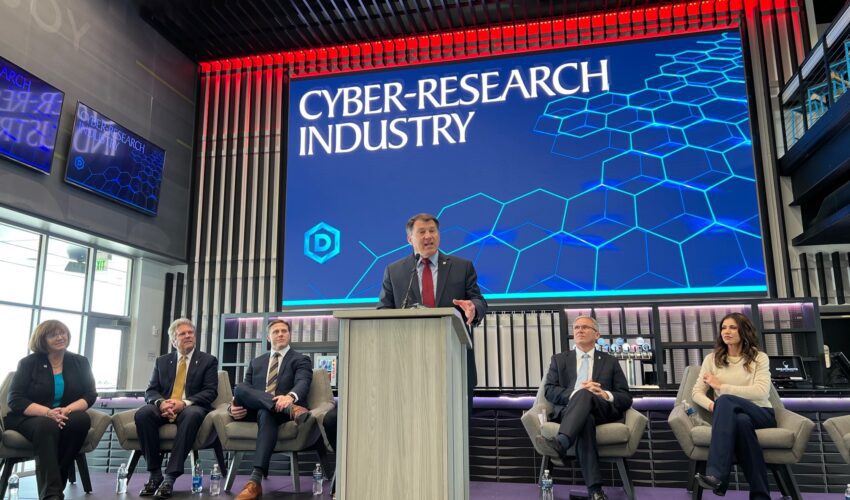Jodi’s Journal: The synergy, the senator and the State of Cyber
Jan. 30, 2022
I’ve lost track of how long it has been since I got to have an in-depth conversation with Sen. Mike Rounds.
It was not for lack of trying on the part of his team, who have been attempting to coordinate a meeting between us for months, possibly going on more than a year.
I remember at one point I was asked to moderate an “Inside Washington” business event featuring him in Sioux Falls. I was out of town; then when I was around, he was in Congress longer than expected.
So the meeting finally happened over breakfast last weekend, and honestly the timing couldn’t have been better. I left feeling like I’d had my own “Inside Washington” conversation, and it set the tone perfectly for some news I couldn’t wait to share last week.
Rounds serves on what I consider some of the most interesting committees in the Senate – including armed services and foreign relations.
On armed services, he is the ranking member of the subcommittee on cybersecurity.
So when I spoke with him days before the announcement of a $90 million initiative led by Dakota State University around cybersecurity, the conversation brought home for me how critical this is not just for our state but for our nation, and even the world.
That’s not an exaggeration.
“How worried do I need to be about Russia?” I asked Rounds.
“Very worried,” he replied. “The threat is real. Mr. Putin is really testing us right now. This is a test of American resolve. Are we going to let Mr. Putin simply take back and start rebuilding the Soviet Union? But we don’t know if he wants the entire country, to make it a bloody war, or if he wants to try an establish a land bridge. We simply don’t know, and he has not played all his cards yet.”
But here’s what you likely can expect in Russia, Rounds went on to say at the DSU announcement a few days after I spoke to him: The first attack in that conflict won’t be in the air or on the ground. Putin will attack Ukraine’s communication, transportation and energy systems through cyberspace. Those will be the precursors before any troops are committed.
“It used to be the first attack we feared was a nuclear attack,” he said, adding that now the first attacks in almost every conflict include space and cyber tools.
“Making certain our nation has a strong cyber presence is critical in managing a safe and secure world.”
Rounds and I talked about China, too, where President Xi Jinping is being aggressive with regard to Taiwan.
“He’s testing us on Taiwan,” Rounds said. “So you have two major regional powers, both of whom want to become dominant superpowers, now challenging not just the U.S. but our allies as well. This is a very critical time, and they’re testing to see whether or not the president is up to the task.”
I asked the obvious follow-up.
“Do you think he is?”
“Time will tell,” Rounds answered.
But the bigger, broader question is: Are we all up to the task?
My conversation with Rounds left me a few powerful realizations: This country has more sophisticated capabilities and the potential to develop more than I realized. That’s the good news. But the threats, from multiple directions including internally, are also more significant than I realized.
“My big takeaway here is the need for education,” I said to Rounds.
We so badly need to make sure we are educating enough people to address both the opportunities and the challenges that this era of rapidly evolving technology has brought.
“We will never be able to hire enough cybersecurity workers,” Rounds responded. “What we need now are the cybersecurity workers who will create the AI (artificial intelligence) capabilities so we can keep up with the cybersecurity needs across the entire bandwidth of both government and private sector needs.”
That’s because we can’t hire enough people to be programmers, he continued.
“We have to do it using artificial intelligence and machine learning, and in order to do that, we need people who are trained and adept and pushing the evolution on artificial intelligence.”
Enter Dakota State University. If there were a recipe for addressing this need, it exists here and with the plan brought forward this week. There’s already a pipeline of graduates with these skills, and there’s a plan to produce more of them. Combine that resource with the relationships developed by President José-Marie Griffiths, and you can see why last week’s announcement projected up to 500 jobs paying six figures or more when the research center opens in a few years.
I’ll bet the majority of those jobs already are spoken for, given the deep need for that work to be done today and the projections going forward.
Today, DSU graduates receiving high-level government clearance to perform the most sensitive cybersecurity work have plenty of options for employment when they graduate, but the work is concentrated in a few geographic locations.
Now, thanks to the initial applied research lab open in Madison, some of them can stay in or come back to their college town.
The Sioux Falls project – and potential cyber campus – will amplify those opportunities significantly. The work being done here and the resulting spinoff businesses have the potential to keep local students in state, attract out-of-state residents and help our community and state build business relationships that could lead to countless other endeavors.
The “cyber research brain trust” will be located in South Dakota, Griffiths said, calling it “a game changer for the state.”
Still, it’s a bold vision. South Dakota, the “state of cyber?” How does that even take shape?
“There are so many pieces that had to come together to make this work,” Mayor Paul TenHaken said at the announcement.
It was a powerful moment seeing our federal, state and local leaders standing side-by-side with health care and higher education leaders, financial services leaders and philanthropists. If South Dakota emerges as the cyber hub for the center of the country, it’s because of that synergy.
“I am in awe of the complex partnership that has evolved,” Griffiths said.
Everyone involved in making this happen deserves to be commended. As I took in the announcement, I was struck by how leaders I know do not always agree on other policies and programs stood side-by-side in support of advancing this as the next key industry for our state.
“There’s no other state that has this kind of partnership. And the only reason that we’re successful here is because we do everything together,” Gov. Kristi Noem said. “We have amazing people that can be trusted and that link arms and just get a project done when it needs to be done.”
I also easily could have made a case for leaving an empty chair on the stage in honor of former Gov. Bill Janklow.
In 1984, Janklow had the vision to turn the mission of Dakota State from a teachers college into a computer college.
1984.
Who even had a computer in 1984? Who had heard of the internet in 1984?
Janklow had a big vision for the future, he bet on it, and the return has been steadily increasing and is about to skyrocket, I think.
I wish he and Griffiths could have met and that I could have sat in a corner to observe the conversation that inevitably would have been filled with big ideas and strategies to execute them.
There’s a lot to be grateful for living in Sioux Falls and South Dakota, but I was reminded this week that our leaders, public and private, deserve to be on the list. They just made an investment that future generations are going to look back on and credit for so much ahead that we can’t even envision yet.
But, again, it’s bigger than our city and our state. It’s about skills that literally could be needed, as Rounds put it, to help “save the world.”
It doesn’t get any bigger than that.
Watch the full DSU announcement here:










